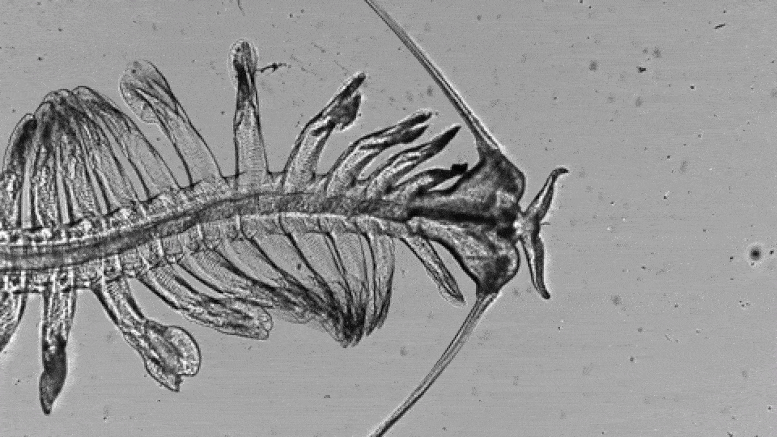
Polychaete worm, Tomopteris, with setae moving on each side of the body in metachronal waves. Credit: Sean Colin
When you think of swimming, you probably imagine pushing through the water—creating backwards thrust that pushes you forward. New research at the Marine Biological Laboratory (MBL) suggests instead that many marine animals actually pull themselves through the water, a phenomenon dubbed “suction thrust.”
The study, published in Scientific Reports, found that small marine animals with multiple propulsers—including larval crabs, polychaete worms, and some types of jellyfish—don’t push themselves forward when they move their appendages, but instead create negative pressure behind them that pulls them through the water.
When the front appendage moves, it creates a pocket of low pressure behind it that may reduce the energy required by the next limb to move. “It is similar to how cyclists use draft to reduce wind drag and to help pull the group along,” says lead author Sean Colin of Roger Williams University, a Whitman Center Scientist at the MBL.
This publication builds on the team’s previous work, also conducted at the MBL, on suction thrust in lampreys and jellyfish. For the current study, they focused on small marine animals that use metachronal kinematics also known as “metachronal swimming,” a locomotion technique commonly used by animals with multiple pairs of legs in which appendages stroke in sequence, rather than synchronously.
“We came into this study looking for the benefits of metachronal swimming, but we realized the flow around the limbs looks very similar to the flow around a jellyfish or a fish fin,” said Colin. “Not only does the flow look the same, but the negative pressure is the same.”
For this study, the researchers worked with two crab species, a polychaete worm, and four species of comb jellies. All are smaller than a few millimeters in length. They found that the fluid flow created while swimming was the same as in the larger animals they had previously studied.
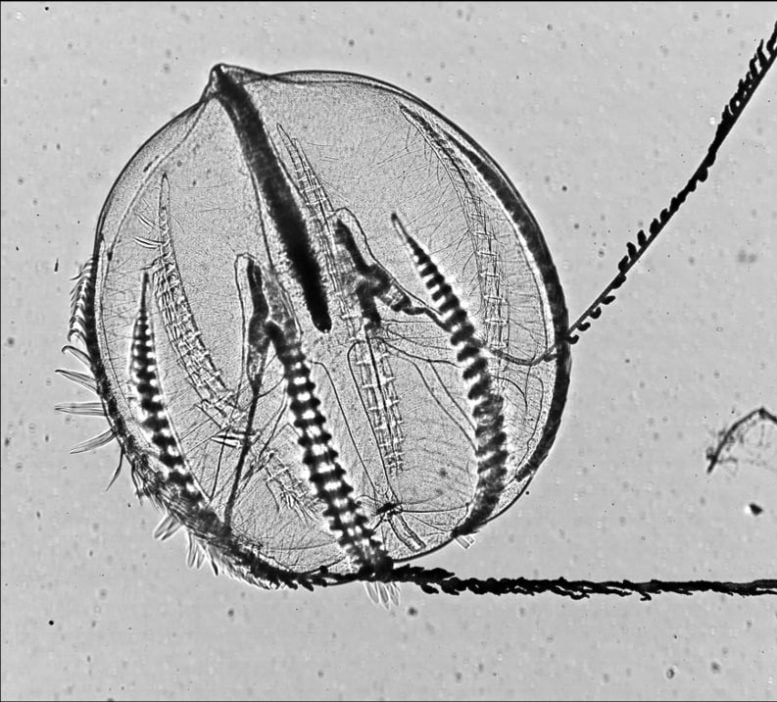
Ctenophore Pleurobrachia with ctenes (along the left side of the body) at different stages of their power stroke. Credit: Sean Colin
“Even at these really small scales, these animals rely on negative pressure to pull themselves forward through the water,” said Colin, who added that this could be a common phenomenon among animals.
“It’s not unique to the fish or the jellyfish we looked at. It’s probably much more widespread in the animal kingdom,” says Colin, who added that something like suction thrust has been observed in birds and bats moving themselves through the air. These creatures have the same degree of bend in their limbs (25-30 degrees) that the observed marine animals do.
Moving forward, Colin and colleagues want to study a larger variety of marine organisms to determine the range of animal sizes that rely on suction thrust to propel through the water.
“That’s one of our main goals — to get bigger, get smaller, and get a better survey of what animals are really relying on this suction thrust,” Colin says.
Reference: “The role of suction thrust in the metachronal paddles of swimming invertebrates” by Sean P. Colin, John H. Costello, Kelly R. Sutherland, Brad J. Gemmell, John O. Dabiri and Kevin T. Du Clos, 20 October 2020, Scientific Reports.
DOI: 10.1038/s41598-020-74745-y
Colin’s MBL Whitman Center collaborators on this study include John Costello of Providence College and John O. Dabiri of California Institute of Technology. Previous research on lampreys was conducted in collaboration with MBL Senior Scientist Jennifer Morgan.

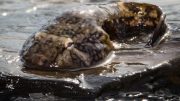
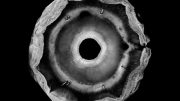
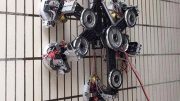
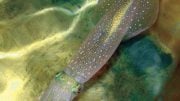

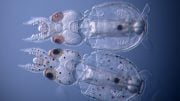
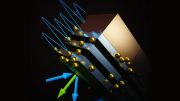

Be the first to comment on "“Suction Thrust” – Many-Limbed Marine Organisms Don’t Actually Push Themselves Forward to Swim"